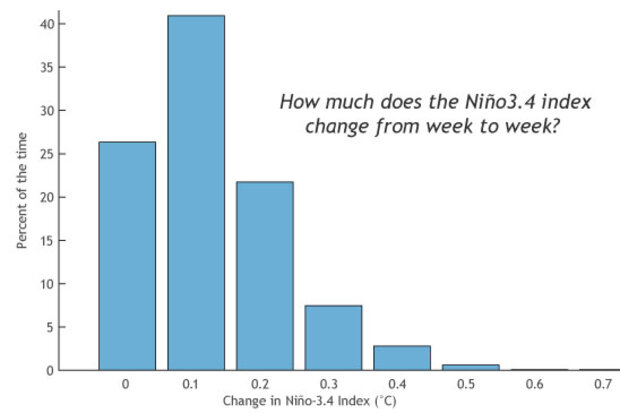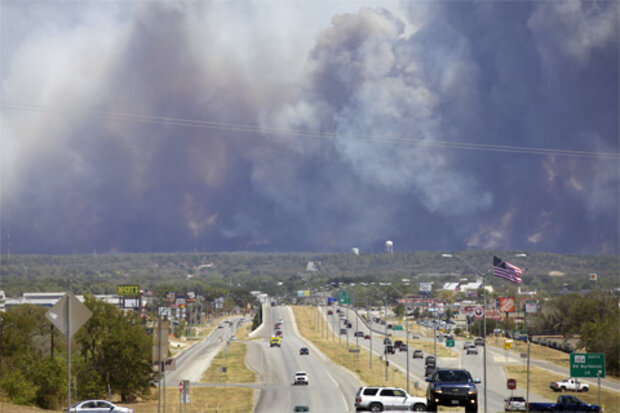Blogs
The State of the Climate is a rather huge report―in the neighborhood of 270 pages―that updates the status of major climate variables and recaps regional climate conditions around the world every year. The report just celebrated its silver anniversary: 25 years of annual publications. The first report was written by 29 scientists from 3 countries: the United States, the United Kingdom, and the former Soviet Union. Impressively, six of those scientists just celebrated their 25th anniversary of working on this report. This year, more than 400 authors and editors from 58 countries joined those original six to help bring together the State of the Climate in 2014.
We release each year’s rep…
Read article
El Niño continued to build during June, despite some shorter-term fluctuations in the climate system (here’s looking at you, MJO). CPC/IRI forecasters are still very confident that this event will persist through the winter, and they continue to favor a strong event, with the three-month average sea surface temperature in the Niño3.4 region expected to peak at more than 1.5°C above normal.
Nearly all the computer models are in agreement, and the atmosphere and ocean continued to behave in a very El Niño-like manner. So what is there to talk about this month? Well, a few interesting things happened over the past few weeks.
First, a quick rundown of where we find ourselves in the beginni…
Read article
“El Niño is Strong!”
“No, it’s Moderate!”
“But the [insert your favorite ENSO indicator here]
is the largest it’s been since the El Niño of 1997-98!”
We are now nearing 1.5 degrees Celsius in the Niño-3.4 index for a 7-day or weekly average. Among the post-college age crowd who can remember it (yes, this officially means you’re old), the level of warmth in sea surface temperatures this time of year harkens back to 1997-98 El Niño, which ended up becoming a record strength event.
Are these weekly numbers impressive? Yes. But when a weekly value hits 1.5°C is El Niño instantly considered strong? I’d argue no. While a short-term (daily or weekly) number might be striking, i…
Read article
In the monitoring branch, our temperature analyses garner a lot of attention. We are asked big questions such as: What was the warmest year on record? How fast are global temperatures changing? These are important questions that we work to answer, but our regional-scale data and services also have immense benefits.
Someone smarter than me once said, “No one ever died under a global temperature time series.” This is a great way to say that we can report on global average temperatures all we want, but it is the local impacts of change and variability that matter for the average person. At the National Centers for Environmental Information (NCEI), we work tirelessly to translate our treasure…
Read article
...but it's still a seasonal forecaster's best friend.
After El Niño conditions were declared in March and Climate Prediction Center’s latest forecast predicted El Niño’s continued strengthening during the upcoming summer and fall, I think it is safe to say we are well within the time period where everything will be blamed on El Niño.
It rained on your wedding day? El Niño. Had an outdoor picnic ruined by a late afternoon thunderstorm? El Niño. Was it hot …during the summer? El Niño.
Usually these are exaggerations. Mike Halpert and Tony Barnston in past posts have shown what type of U.S. and global impacts are associated with an El Niño for the late fall and winter and for the summ…
Read article




